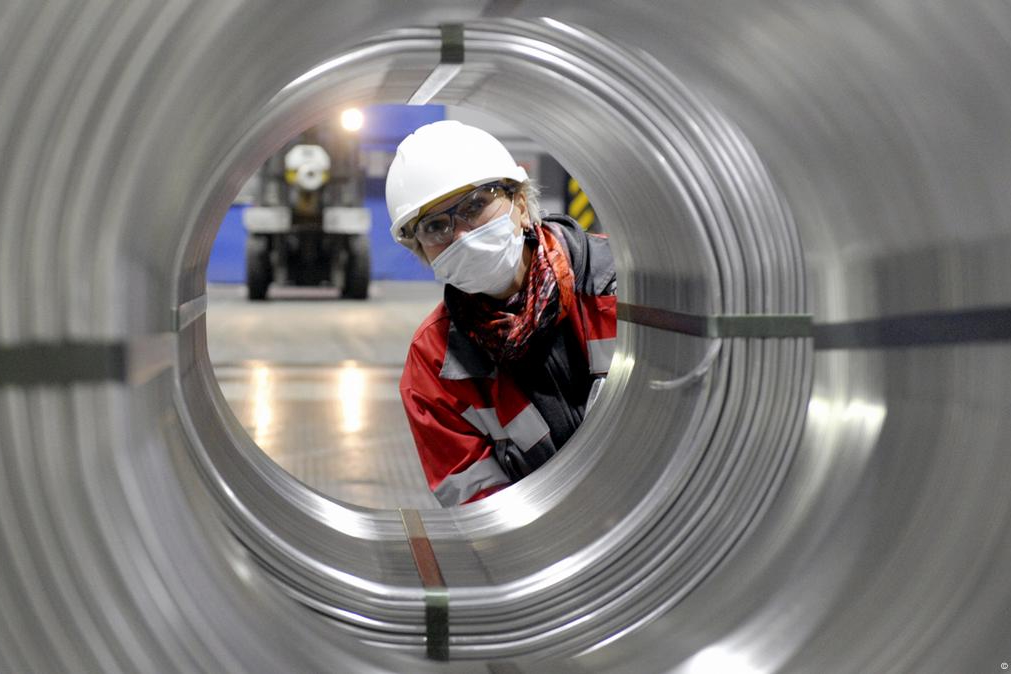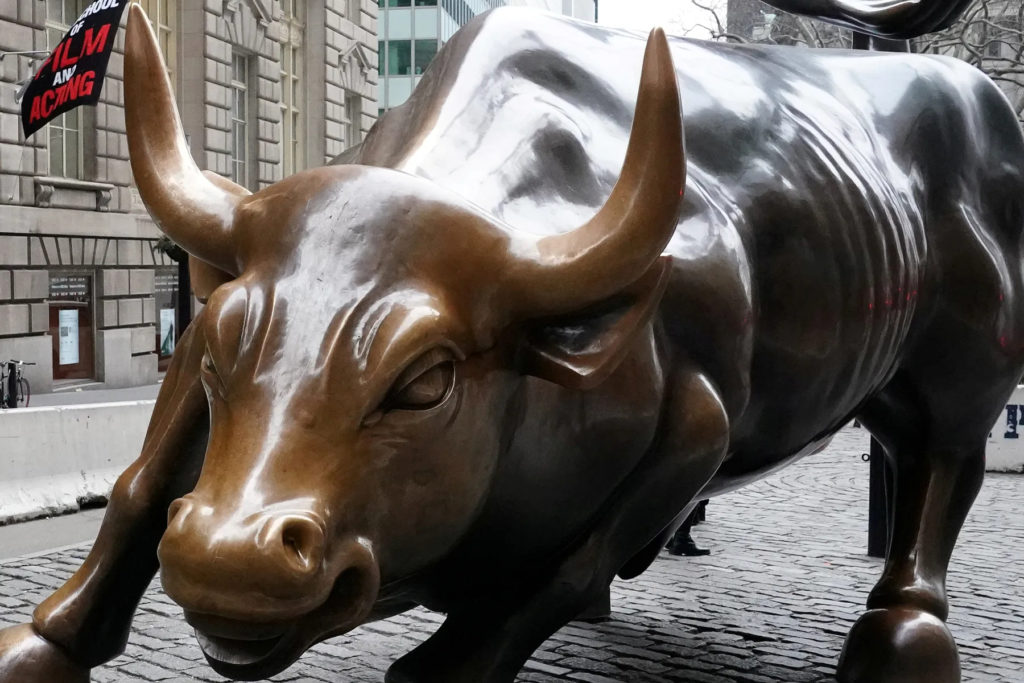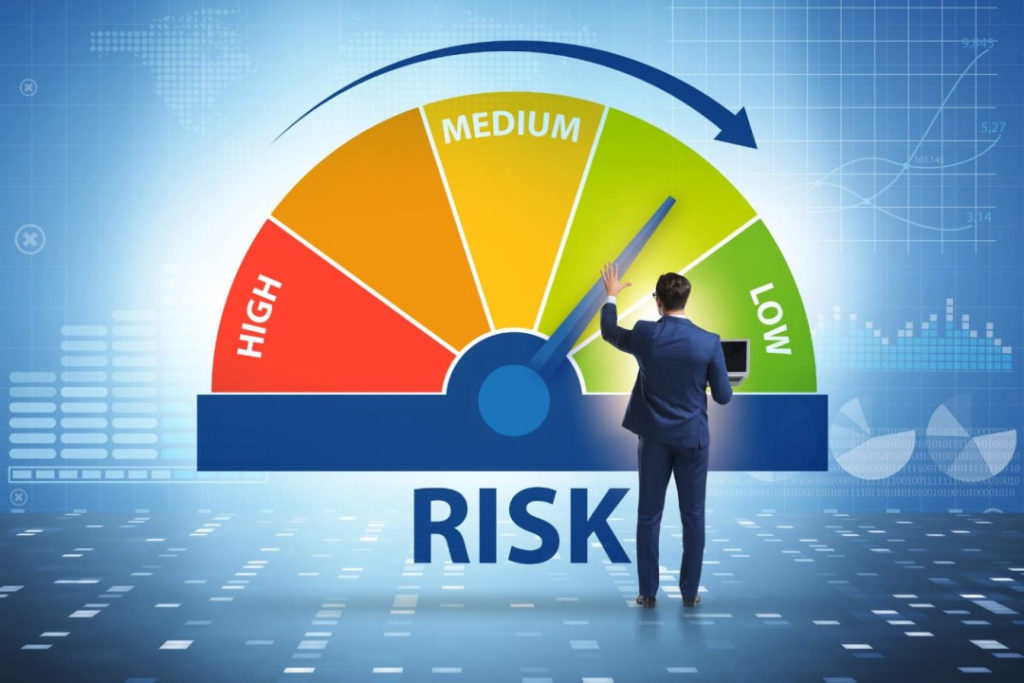There’s no free lunch in investing: lower volatility in a portfolio must come with proportionately lower returns
There’s no free lunch in investing: lower volatility in a portfolio must come with proportionately lower returns
There’s no free lunch in investing: lower volatility in a portfolio must come with proportionately lower returns
Diversifying into assets that return less than equities, but are also less volatile, is the traditional academic recommendation to achieving this, and has been described as the closest thing to a free lunch that’s available.
I recently saw a fascinating chart that shows that an index of the ‘Robinhood’ favorite stocks has gained over 100% this year, trouncing all major equity indices, as well as professional investment managers’ performances. Robinhood is a commission-free day trading app that has become extremely popular this year, especially with young first-time investors. It is blamed for some strange market action in specific stocks, like Hertz being able to issue new shares after a COVID-induced bankruptcy filing, after its stock went from $2 to $5 in three trading days in June.
Professionals scoff at such first-time investors, saying that they think a $2 stock is cheaper than a $20 one, so they’re concentrating their buying on these counters to capture large double or triple-digit gains in a matter of days. Or buying Tesla, a favorite of the Robinhood crowd, and one of the top-performing stocks this year. Meanwhile, Tesla is one of the most shorted stocks amongst professionals, to their chagrin.
Diversification within equities this year has not helped much. The total performance was determined primarily by allocations to US equities, and more specifically to tech stocks.
Are Robinhood first time investors onto something? Time will tell. So far going with the hot-stock momentum has been a great strategy. Many Robinhood investors will tell you they’re doing a significant amount of due diligence before buying stocks. One of our clients, a 78-year old retired gentleman, asked me last month if he should give a quarter of a million dollars to his grandson, who had just shown him his Robinhood app with a +122% return this year, albeit achieved with a portfolio size of $5,000.
The Robinhood phenomenon has similarities to the 1999 tech stock mania, where youngsters were quitting their jobs to day trade tech stocks, making triple-digit returns, while dinosaurs like Warren Buffett suffered losses.
Alternatively to diversifying, a strategy that is attempted by many individual investors, but hardly any professionals (other than hedge funds, with decidedly mixed results), is to time market movements by changing allocations to cash. The problem with this strategy is that the bottom of markets is at the point of maximum negative news, so trying to time any bottom requires a big leap of faith in buying back equities when the news is the bleakest. This is extremely difficult to do, and most attempts are left with holding cash long after the market has recovered.
- Based on what we’re seeing locally – full hotels and full restaurants, the 2021 bullish view is based on pent-up demand that will be unleashed once the vaccine is rolled out globally.
- Restaurants that weathered the lock-downs are having some of the best months ever. Anyone trying to get a restaurant booking for the upcoming holiday period will tell you it’s impossible unless you booked well in advance. Some of the most popular restaurants are even instituting non-refundable deposits for Christmas and New Year’s dinners. On top of this in Singapore the queue to get a new F&B license is backlogged, an indication of increased economic activity.
- Global leading economic manufacturing indicators are at multi-year highs, some at multi-decade highs.
- The transport sector outperforming the overall market is a bullish indicator, as the economy is dependent on the movement of goods which benefit transport stocks.
- The two key industrial exporters in Asia, Taiwan and Korea, have started outperforming the S&P500 in the last three months, as they’re geared towards a China recovery, which has also shown positive manufacturing momentum.
- Demand for commodities is increasing. Copper and Iron are up by double digits this year, with gains accelerating in the last month. Oil demand is also starting to come back.
There may be no free lunch, but investors can improve their diversification by also adopting some of the following methods:
- Some of the most resilient billionaires have kept their status by significant investments in businesses that generate steady cash, especially in a crisis. Utility companies are at the top of this list, as the demand for electricity is steady through economic cycles. The catch is that they cannot be overvalued pre-crisis, where companies like Power Assets (6.HK) have fallen by a third this year, and yet still trade at 16x next year’s earnings.
- Own investments and assets that benefit from a crisis. This is the most overlooked strategy in building a resilient portfolio. It is often repeated that in a crisis correlations go to one on the downside. This is wrong, because it only looks at the universe of assets that are correlated to the economy. There is a whole sub-sector of investments that benefit from market downturns, but that is ignored by most investors.
- Hedge your portfolio. Financial instruments have made huge strides over the last decade, but most investors still only think in equities vs. cash terms. What if instead you can spend 1% a year to protect yourself against large double digit drops in a short space of time? These events, like March of this year, happen rarely. But what if when they do happen, you expect to get the ‘insurance’ you paid over the years back? Not quite a free lunch, but probably as close as one can get, and infinitely better than raising cash each time you expect a downturn in the markets.
By LEONARDO DRAGO
Co-founder of AL Wealth Partners, an independent Singapore-based company providing investment and fund management services to endowments and family offices, and wealth-advisory services to accredited individual investors.





